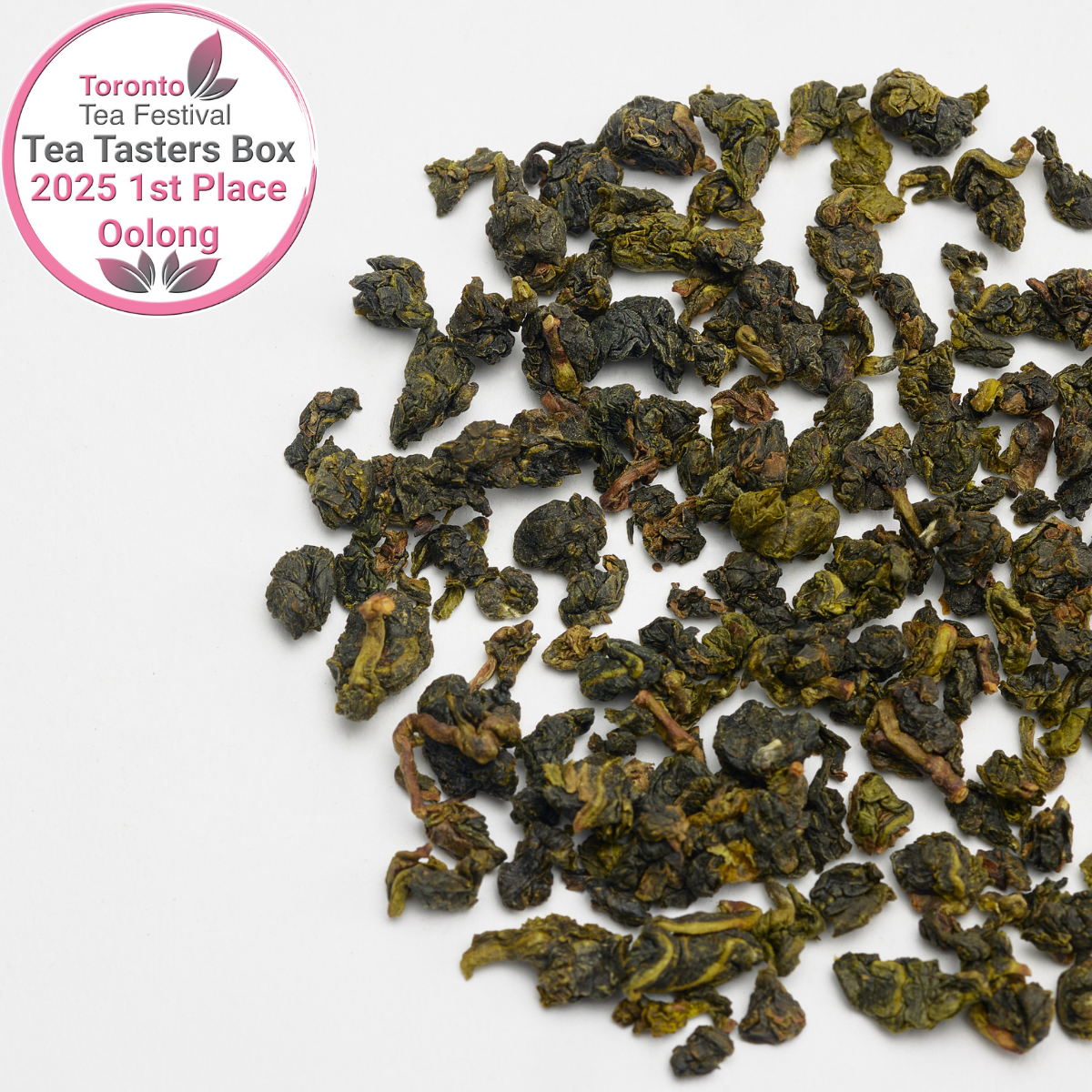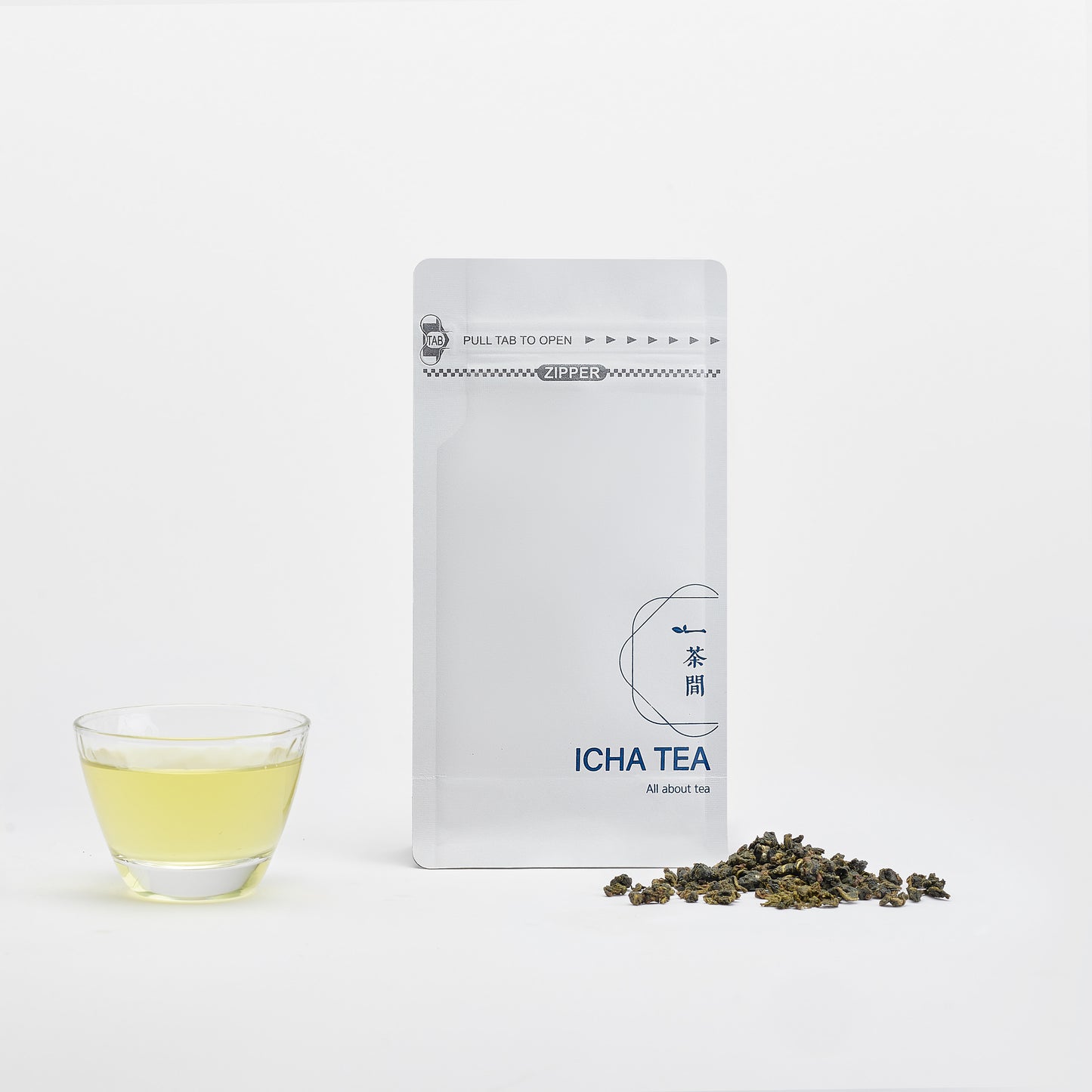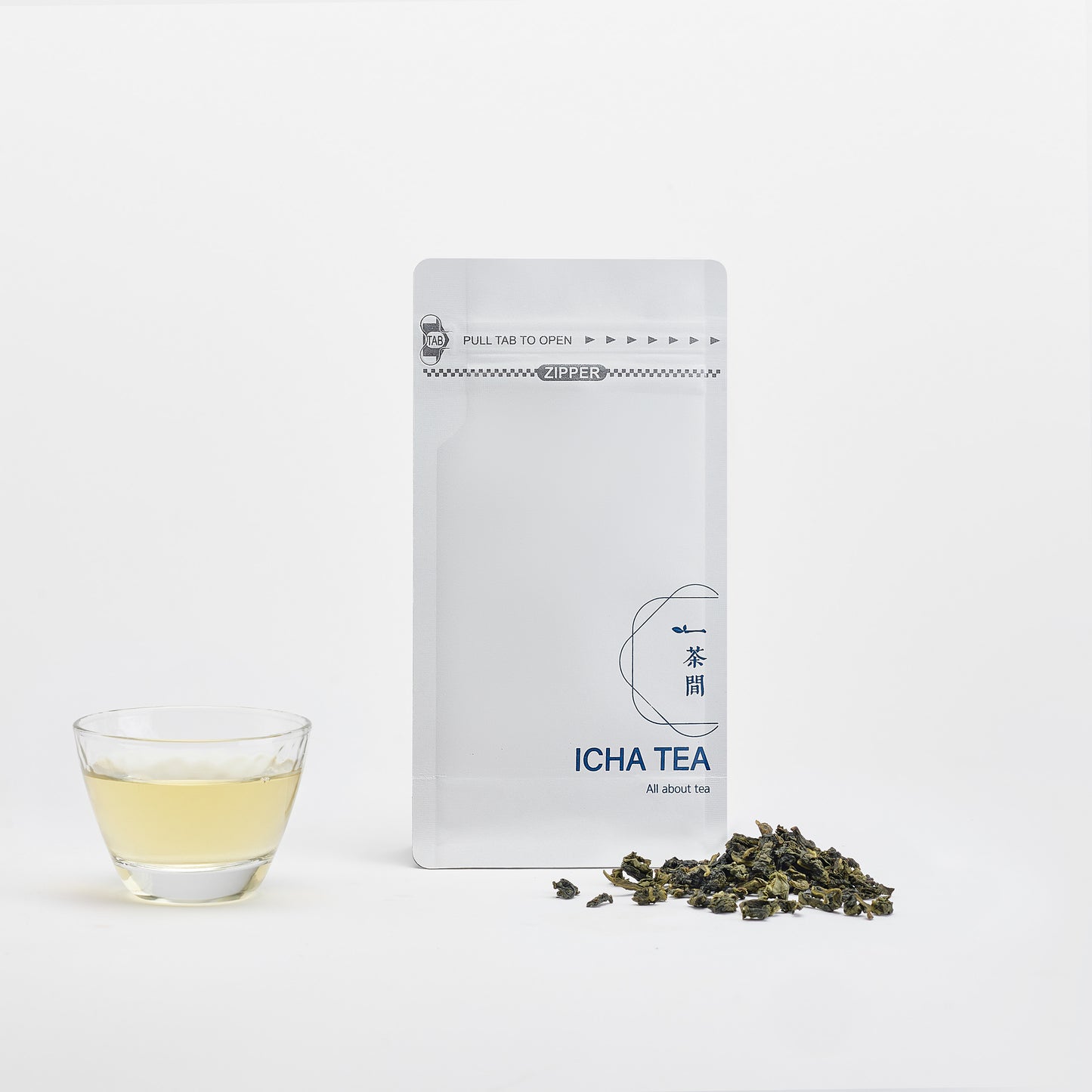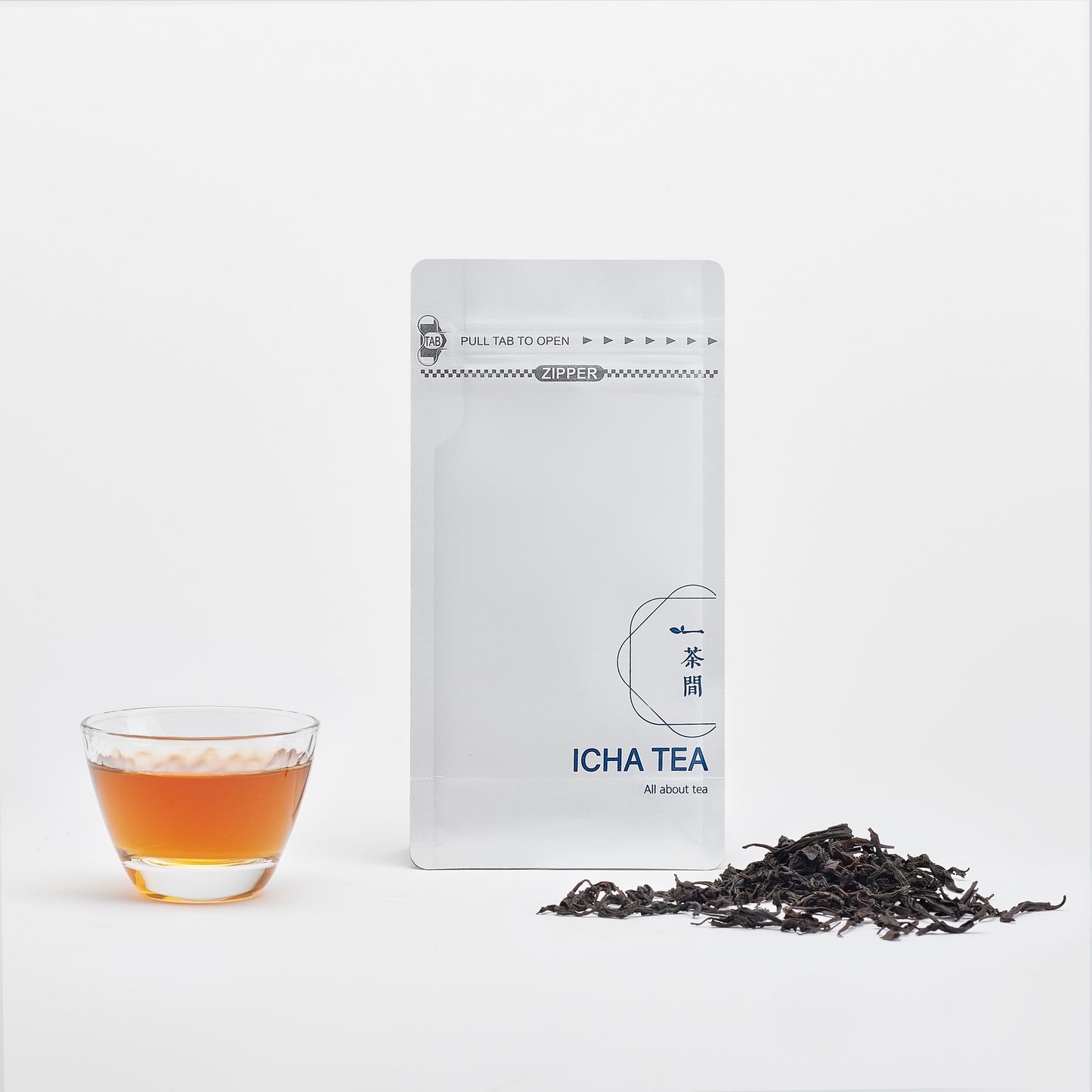
Ever wondered about that mysterious tea sitting between green(绿茶) and black tea (红茶) on the shelf? That's oolong tea (乌龙茶), and it's like the chameleon of the tea world! I've been exploring and tasting teas for years, and I can tell you that oolong(乌龙茶) is one of the most fascinating varieties you'll encounter. Let's dive into everything you need to know about this remarkable tea.
Understanding Oolong Tea's Unique Position
Oolong tea (乌龙茶)occupies a special place in the tea world. Unlike green tea (绿茶) (which is unoxidized) or black tea (红茶)(which is fully oxidized), oolong tea(乌龙茶) is partially oxidized, ranging from 10% to 85%. This unique processing creates an incredibly diverse category of teas with flavours that can range from light and floral to deep and roasted.
Think of it this way: if green tea(绿茶) is like a crisp apple and black tea(红茶) is like a dried fruit, oolong tea(乌龙茶) can be anywhere in between, depending on how it's processed. This versatility is what makes oolong tea(乌龙茶) so special and why it's often called the "connoisseur's tea."
The Essential Components of Oolong Tea
When we talk about what's in oolong tea(乌龙茶), we're looking at a fascinating array of compounds that contribute to both its flavor and health benefits:
Natural Components
- Polyphenols (including catechins and theaflavins)
- L-theanine (an amino acid that promotes relaxation)
- Caffeine (typically less than black tea(红茶) but more than green tea(绿茶))
- Essential oils
- Minerals (including calcium, manganese, potassium)
- Vitamins (including A, B, C, E, and K)
Flavour Compounds
The partial oxidation process creates unique flavor compounds that you won't find in other teas. This is why you might taste:
- Floral notes (orchid, jasmine, lily)
- Fruit undertones (peach, apricot, plum)
- Creamy or buttery notes
- Honey sweetness
- Roasted or woody characteristics
- Mineral hints
The Processing Magic: How Oolong Tea is Made
Understanding how oolong tea(乌龙茶) is made helps explain what makes it unique. Here's the fascinating journey from leaf to cup:
- Plucking: Only certain leaves are selected at specific times
- Withering: Leaves are left in the sun to soften
- Bruising: Leaves are shaken or tumbled to start oxidation
- Oxidizing: The leaves are allowed to oxidize partially
- Fixing: Heat is applied to stop oxidation at just the right moment
- Rolling: Leaves are rolled into various shapes
- Drying: Final drying to preserve the tea
Each producer has their secret methods and timing for these steps, which is why you can find such variety in oolong teas(乌龙茶).
Different Types of Oolong Tea
The world of oolong tea(乌龙茶) is incredibly diverse. Here are some famous varieties:
Light Oxidation (10-25%)
- Bao Zhong(包种茶): Floral and light
- Ali Shan(阿里山): Creamy and fragrant
- Jin Xuan (Milk Oolong)(金萱): Naturally milky taste
Medium Oxidation (25-60%)
- Ti Kuan Yin (Iron Goddess)(铁观音): Floral and smooth
- Dong Ding(洞顶乌龙): Toasted and fruity
- Dan Cong(单丛): Complex and aromatic
Heavy Oxidation (60-85%)
- Da Hong Pao (Big Red Robe)(大红袍): Rich and mineral
- Oriental Beauty(东方美人): Honey-sweet and fruit-like
- Wuyi Rock Tea(武夷岩茶): Deep and roasted
How to Identify Quality Oolong Tea
When looking for good oolong tea(乌龙茶), here's what to check:
Visual Cues
- Whole, intact leaves
- Consistent color
- Clean, uniform appearance
- No dust or broken pieces
Aromatic Signs
- Fresh, clean smell
- No musty or stale odors
- Complex fragrance
- Distinctive varietal characteristics
After Brewing
- Clear liquor
- Fresh aroma
- Clean taste
- Multiple infusion capability
Common Questions About Oolong Tea
Is oolong tea caffeinated?
Yes, it contains caffeine, typically 50-75mg per cup, though this varies depending on the specific variety and brewing method.
How does it taste?
The taste varies dramatically depending on the oxidation level and processing, ranging from light and floral to dark and roasted.
Is it good for you?
Yes! Oolong tea(乌龙茶) contains numerous beneficial compounds and has been associated with various health benefits, including support for metabolism, heart health, and digestion.
How to Brew Oolong Tea
Getting the most out of your oolong tea(乌龙茶) requires proper brewing. Here's my tried-and-true method:
Basic Brewing Guidelines
- Water temperature: 85-95°C (185-205°F)
- Steeping time: 1-5 minutes (depending on variety)
- Tea amount: 2-3g per 200ml water
- Multiple steepings: Yes, 4-8 times possible
Advanced Gongfu Method
For a more traditional approach:
- Use a small teapot or gaiwan
- Higher leaf-to-water ratio
- Shorter steeping times (15-30 seconds)
- Multiple infusions to explore the tea's character
Storing Your Oolong Tea
To maintain freshness:
- Keep in an airtight container
- Store away from light
- Avoid heat and moisture
- Keep away from strong odors
- Consider refrigeration for long-term storage
Parting Thoughts
Oolong tea(乌龙茶) is truly a testament to the artistry of tea making. Its unique position between green(绿茶) and black tea(红茶), combined with the skill required in its production, makes it one of the most interesting teas to explore. Whether you're new to tea or a seasoned connoisseur, oolong tea(乌龙茶) offers something special for everyone.
Remember, the best way to understand oolong tea(乌龙茶) is to experience it yourself. Start with a few different varieties and pay attention to the subtle differences in flavor, aroma, and character. Each cup is an opportunity to discover something new about this remarkable tea.
And don't be afraid to experiment with brewing methods and temperatures – part of the joy of oolong tea is finding your perfect cup. Happy brewing!






